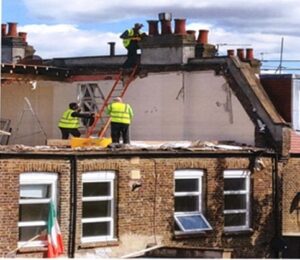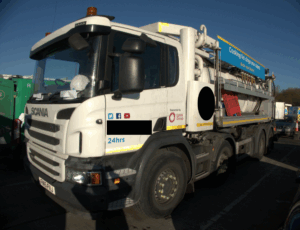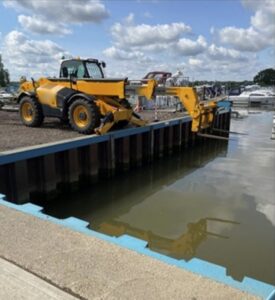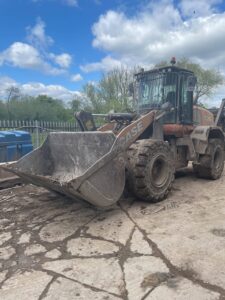HSE urges industry to check guidance following Swindon explosion
- Product Safety report updated today, Friday 10 October
- HSE investigating possible link with incident in South Wales
- Regulator has “significant concerns” about the safe use of the machines in question
The Health and Safety Executive (HSE) is urgently asking all companies using similar printing machinery to that involved in a recent industrial explosion to consult guidance published last year and updated today, Friday 10 October 2025.
A sublimation calender machine manufactured by Diferro was in use at a printers on the Groundwell Industrial Estate, Swindon, where the explosion took place at around 7.30pm on Wednesday 24 September. Thankfully, nobody was injured.
Following the incident, HSE, acting in its role as the market surveillance authority, has directly contacted all known users instructing them to ensure they have referenced this guidance and cease operations if they are in any doubt.
The regulator is attempting to identify any other users of machines believed to have been sold by two known distributors, and is taking steps to prevent any other Diferro machines coming into the country via liaison with UK border officials.
HSE is investigating the design of the machine in question and a possible link with a similar explosion in South Wales at the Treforest Industrial Estate, Rhondda Cynon Taff, in 2023, which resulted in the death of a director of a neighbouring food laboratory business.
Following this incident, HSE worked with the Office for Product Safety Standards (OPSS), to produce a key alert, known as a Product Safety Report, relating to the machinery involved.
Following the recent incident in Swindon, HSE has reviewed the Product Safety Report and has today made key additions. This includes reinforcing the advice that the device should not be left unattended when connected to the power supply.
Further revisions include the instruction to cease operating these machines until a second independent Safety-Related Control System (SRCS) has been installed by a competent person and validated to appropriate standards.
Luke Messenger, Head of Technical Product Safety at HSE said: “We have significant concerns about the safe use of these machines. The guidance issued following the Treforest Industrial Estate incident has clear instructions – revisions to this have been published today and we will continue to share any further updates.
“We never want to see a repeat of the fatality in 2023 or the recent catastrophic explosion in Swindon.”
Notes to editors
- The Health and Safety Executive (HSE) is Britain’s national regulator for workplace health and safety. We are dedicated to protecting people and places and helping everyone lead safer and healthier lives.
- In this case we are acting in our role as the Market Surveillance Authority.
- The HSE investigation is specifically related to the design of the machine in question and a possible link with the incident in South Wales. A decision on whether to open an investigation into the causes of the Swindon explosion itself will be made in due course, in line with our well-established incident selection criteria.
- HSE now has primacy in the investigation relating to the incident at the Treforest Industrial Estate in 2023.
- The Product Safety Report was first published in April 2024 and has been updated today.











